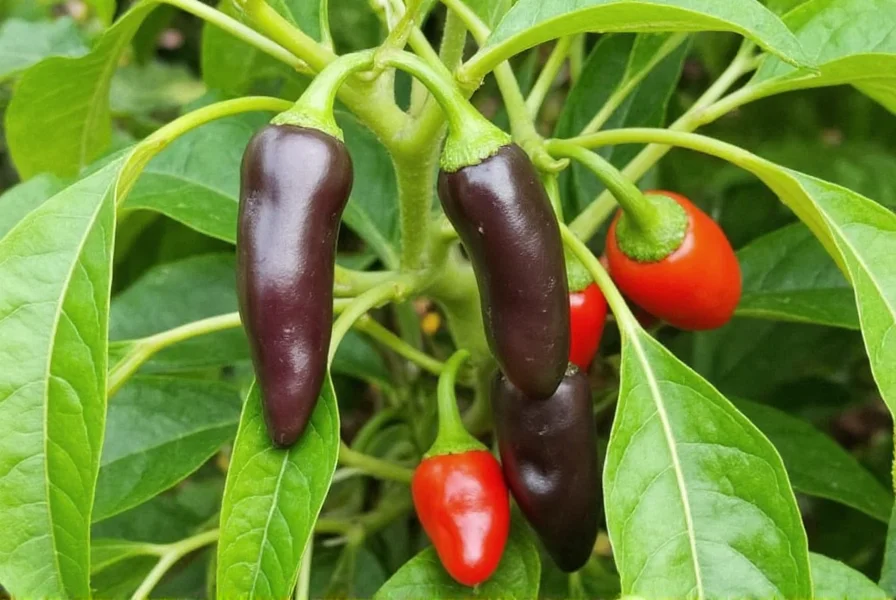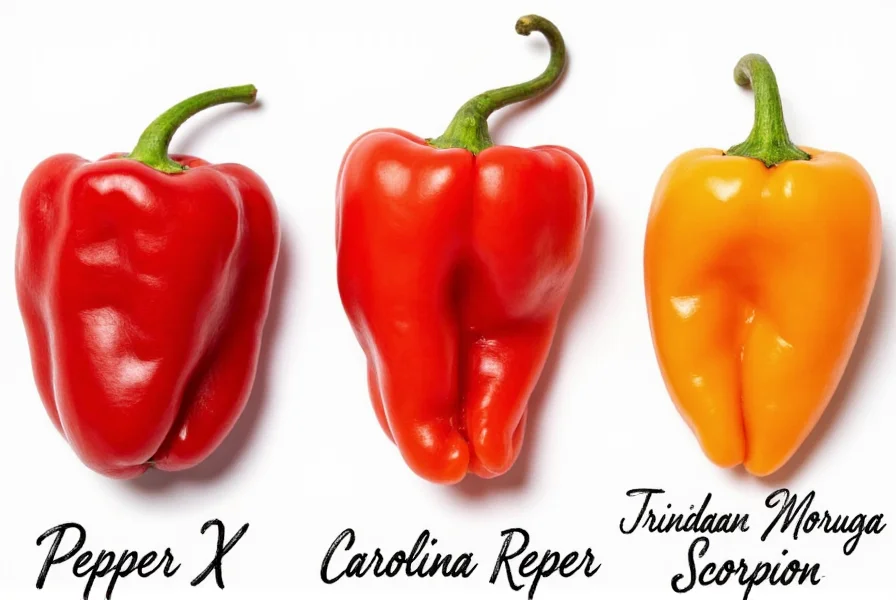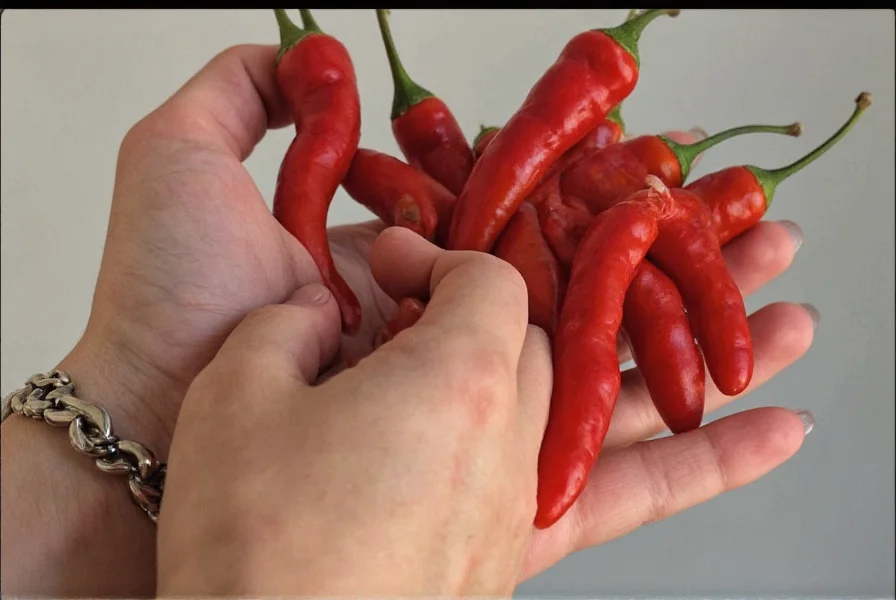Pepper Kester isn't a recognized pepper variety in culinary or botanical references. The term likely stems from confusion with similar-sounding peppers like Pepper X (one of the world's hottest chilies) or possible misspellings of regional pepper names. This article clarifies common misunderstandings and explores similar pepper varieties that might match your search intent.
When searching for "pepper kester," many home cooks and chili enthusiasts encounter confusion. Our research confirms this term doesn't correspond to any documented pepper species in agricultural databases or culinary literature. The most probable explanations include mishearing "Pepper X" (the record-breaking hot chili), confusing "Koster" (a common surname) with pepper nomenclature, or encountering localized naming errors. Understanding these distinctions helps you find the right information whether you're seeking extreme heat levels, unique flavor profiles, or growing instructions for specialty peppers.
Understanding the Pepper X Confusion
The most common mix-up occurs with Pepper X, developed by chili breeder Ed Currie of PuckerButt Pepper Company. This Carolina Reaper successor currently holds the Guinness World Record for hottest chili pepper, measuring over 2.6 million Scoville Heat Units (SHU). Unlike the nonexistent "pepper kester," Pepper X features:
- Distinctive wrinkled, red appearance when mature
- Intense fruity aroma preceding extreme heat
- Requires specialized handling due to capsaicin concentration
| Pepper Variety | Scoville Rating | Flavor Profile | Common Uses |
|---|---|---|---|
| Pepper X | 2,693,000+ SHU | Fruity → Extreme heat | Extracts, challenge foods |
| Carolina Reaper | 1,400,000-2,200,000 SHU | Sweet → Burning | Hot sauces, powders |
| Habanero | 100,000-350,000 SHU | Tropical fruit | Salsas, marinades |
Exploring Similar-Sounding Pepper Varieties
Several legitimate peppers might explain your "pepper kester" search:
Krim Pepper
Often misheard as "Kester," this Crimean heirloom features:
- Medium heat (2,500-5,000 SHU)
- Distinctive purple-black color when immature
- Earthy, smoky flavor profile ideal for roasting

Cayenne Variants
Some regional cayenne cultivars carry similar-sounding names:
- "Koster" sometimes appears in European seed catalogs as a cayenne variant
- These typically measure 30,000-50,000 SHU
- Used extensively in Mediterranean and Eastern European cuisines
Practical Guidance for Pepper Identification
When researching peppers, follow these verification steps to avoid misinformation:
- Cross-reference botanical names - Check if Capsicum chinense or Capsicum annuum appears in descriptions
- Verify heat measurements - Legitimate superhots publish third-party Scoville testing results
- Check seed supplier credentials - Reputable vendors provide origin documentation
- Examine growth requirements - Real pepper varieties have specific climate needs
Why Pepper Misidentifications Occur
The "pepper kester" confusion exemplifies common issues in specialty food terminology:
- Viral misinformation - Social media challenges often invent names for extreme peppers
- Regional dialects - Local names sometimes get mistranslated (e.g., "Koster" from German/Dutch)
- Marketing exaggeration - Some vendors invent names to sell unverified products

Reliable Sources for Pepper Information
When researching pepper varieties, prioritize these authoritative resources:
- National agricultural extension services (e.g., USDA Plant Database)
- University horticulture departments with chili breeding programs
- Guinness World Records verified superhot peppers
- Established seed companies with documented breeding histories
Always verify claims about undocumented "world's hottest" peppers through multiple scientific sources. Many viral pepper challenges feature misrepresented varieties or artificially enhanced products that don't represent true botanical specimens.
Practical Applications for Verified Peppers
Once you've identified the correct pepper variety, consider these usage tips:
- Extreme heat peppers (2+ million SHU) require oil-based extraction for safe culinary use
- Medium-heat varieties work best fresh in salsas and roasted dishes
- Always wear gloves when handling superhot peppers to prevent skin irritation
- Start with small quantities - potency varies significantly between individual peppers
Conclusion
The "pepper kester" mystery highlights the importance of verifying specialty food claims through authoritative sources. While this specific term doesn't correspond to any documented pepper variety, understanding the likely confusions helps you navigate the complex world of chili peppers. Whether you're seeking extreme heat for culinary challenges or unique flavors for cooking, focusing on verified varieties with documented characteristics ensures both safety and satisfaction. Always prioritize information from agricultural authorities and established horticultural sources when exploring specialty peppers.











 浙公网安备
33010002000092号
浙公网安备
33010002000092号 浙B2-20120091-4
浙B2-20120091-4